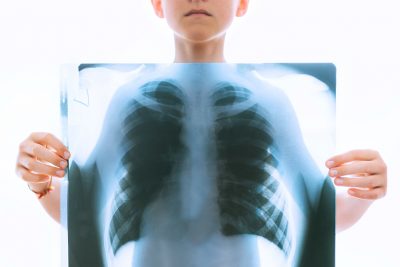 It’s iconic: An egg being cracked into a frying pan… “This is your brain on drugs.”
It’s iconic: An egg being cracked into a frying pan… “This is your brain on drugs.”
I’m dating myself, but I a vividly remember watching the after-school special in which the sweet, innocent heroine leaves the prom with her intoxicated date and is graphically, tragically killed in a car wreck, blood splattered all over her beautiful powder blue dress.
These days, children may be shown graphic images of smokers’ lungs in health class. Scary Images of what could happen to you if you smoke or fail to buckle your seat belt are pervasive and compelling. But do they really motivate people to avoid risky behaviors or engage in health promoting behaviors? Research indicates that no, in fact, using scare tactics to promote healthy behaviors not only does not work most of the time, but it can actually backfire. When people do not feel able to change their behavior, they often react to these frightening images or messages in a defensive manner. (In fact, I do seem to have an aversion to powder blue polyester dresses.) Seriously though, brain imaging techniques have indicated that people who are the highest risk, typically pay the least attention to highly emotional, threatening images. This makes sense when we think about what parts of the brain are activated by highly emotionally reactive stimuli and the parts of the brain involved in reasoning, planning and problem-solving. We “shut down” when overwhelmed with anxiety-provoking information.
However, as parents and health providers, we need to educate children and teens about the relative impact of healthy and unhealthy behaviors. I will continue to remind my sleepy daughter that her teeth will get yucky if she neglects to brush them. However, I am not going to show her photos of major dental decay on YouTube. That is too graphic and the consequences too far removed from her experience today to be effective. She could skip tooth brushing one night and realize her teeth didn’t fall out the next day. And if she is a particularly anxious kid, she may not want anything to do with tooth brushing at all for a while. However, she is much more motivated to brush when told that she will not be able to eat any sweets tomorrow if she is not able to brush her teeth today.
Instead of trying to frighten them into avoiding risky or unhealthy behaviors, parents and health providers need to take the time to:
- Help children and teens understand the rationale for healthy behavior
- Mutually agree upon specific, achievable behavioral goals
- Identify the specific behaviors needed to meet these goals
- Problem-solve obstacles
- Reward effort for working towards behavioral goals. Goals can –and should – be shaped over time as children and teens develop necessary skills to take care of their own health and well-being.
Unfortunately, evidence has demonstrated that people still often use scare tactics even when they know this is not effective in disseminating health information or promoting healthy behaviors. So, for now, just try to pause and consider from your child’s view: will this message be scary or caring?





When my kids were younger and I was trying to teach them not to wrestle in the kitchen, especially when someone is cooking. I showed them pictures of burn victims. That’s graphic and can be disturbing. But they’re also people that they will see in their everyday lives. I wanted to put a human being behind that. I used it as a multifaceted platform to teach my kids not only safety, but basic human compassion. All we can ever dream as parents, is that we can pass along the wisdom from the mistakes of our journeys. Next time I can learn to incorporate those life lessons to separate entities on different occasions. I am so thankful for children and their incredible resilience.